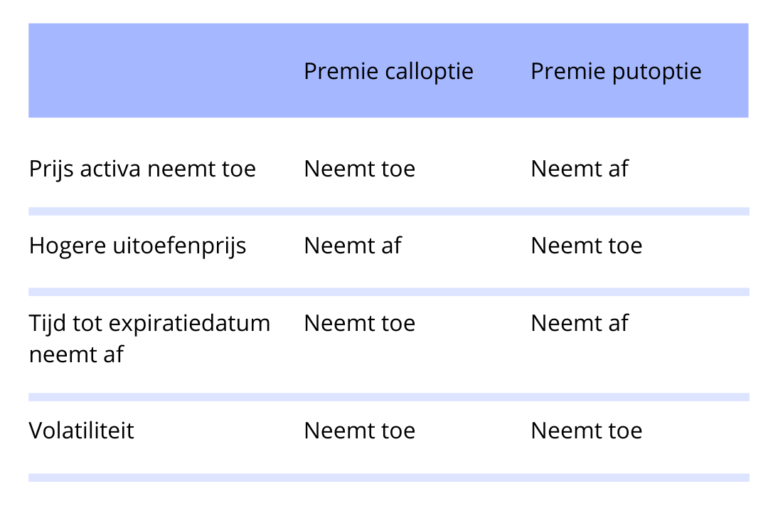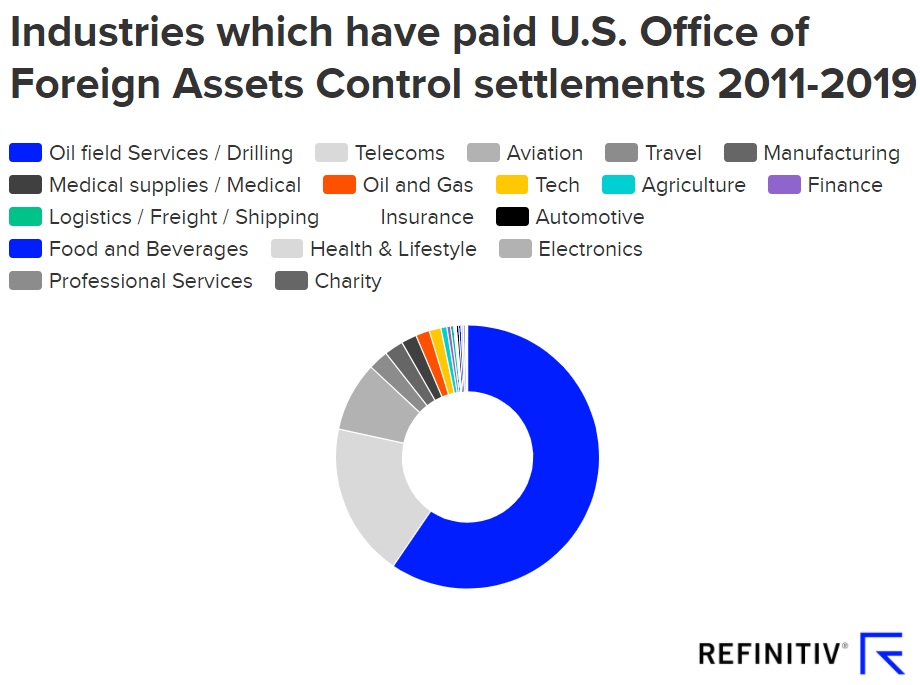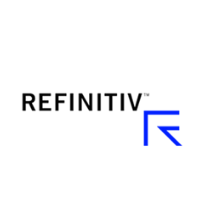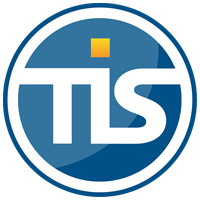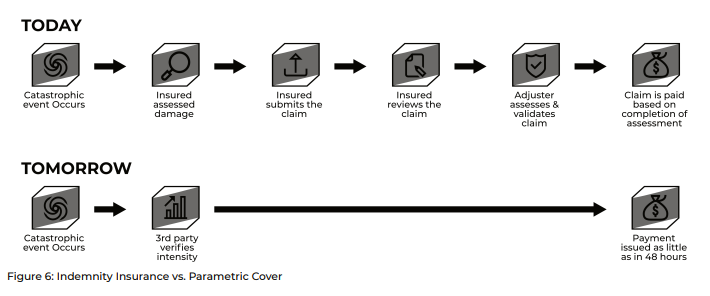15 blockchain trends in 2021: Expect the unexpected
| 22-12-2020 | Carlo de Meijer | treasuryXL
The year 2020 has almost come to an end. It has been a historically tough year for many. A number of events happened that were not included nor expected in my – and many others – 2020 blockchain trends. Especially the COVID-19 pandemic that not only intensified trends that were already underway, but also generated new trends.
It is a tradition to focus my last blog on what to expect for the next year. We will look at the top trends we may expect for the blockchain and cryptocurrency landscape to watch out for 2021 and beyond? So, how will the landscape be look like for blockchain technology in the years to come?
1. Global blockchain market size will exponentially grow
What was not forecasted is that blockchain technology exploded in popularity this year. Businesses from a multitude of industries showed a growing interest to adopt this technology for enhancing their business processes. The COVID-19 pandemic accelerated the digital transformation drive in many areas, especially via the use of blockchain or distributed ledger technology.
As a result the global blockchain market size is expected to expand from USD 3.0 billion in 2020 to USD 39.7 billion by 2025, at an effective Compound Annual Growth Rate (CAGR) of 67.3% during 2020–2025.
“Expectations for 2021 are positive” “It is estimated that next year, at least 25 percent of the Forbes Global 2000 will use blockchain as a foundation for digital trust at scale.”
2. Covid-19 will further accelerate blockchain transition
We will see a reorientation of the various blockchain projects. Experts predict that 90% of blockchain projects will require replacement within a year.
That is because most are ignoring key features such as tokenization, smart contracts, and decentralised consensus. Next to that, the pandemic has caused more realistic and pragmatic approaches to blockchain initiatives specifically focused on the day-to-day business “to continue their growth path”. Blockchain projects with clear benefits are expected to do that next year at an even faster pace. There has also been an uptick in the number of companies interested in participating in networks that specifically help to address some of the supply chain issues that the pandemic has put forward.
3. Long-term strategic projects will be put on hold
Volatility and uncertainty sparked by COVID-19 has led many corporates to pull back from some of their more long-term DLT-related projects for the time being. These long-term strategic projects, in particular those requiring changes to market structure or regulatory changes, are mostly working to extended timetables now. Budgets for purely experimental and R&D projects – run in isolation from the business- are becoming harder to obtain and have been cut this year. And this will cause an even larger number of these projects will be put on hold.
4. Corporates need to accelerate their digital transformation
Digital transformation is no longer a choice for businesses – it is essential to survival. Due to the increased strain that the COVID-19 pandemic put on day-to-day business, there is a dire need at corporates to accelerate their digital transformation process to emerge stronger than before. Blockchain technology is very likely to make the most transformative and dramatic changes in the way businesses function, during the coming years. Many industries are therefore intensively looking at blockchain as a helpful tool to become all the more digital.
5. Globally, 30% of projects will make it into production.
It is forecasted that a growing number of blockchain-based projects will switch to the production stage. This number doesn’t just reflect the more realistic approach to projects and the increasing maturity of the technology but also the pandemic-induced acceleration and initiation of projects that may bring “measurable benefit within a short timescale”. According to Gartner more than 40% of the surveyed corporates has at least one blockchain pilot running. They predict that 30% of global projects will make it into production, partly due to the impact of the COVID-19 pandemic. The majority of networks that transition from pilot to production will thereby run on private enterprise blockchain platforms.
6. Private (permissioned) blockchains will dominate
Another trend we will observe is that private blockchains will become the main contributor to the blockchain market growth and are assumed to retain the largest market size in 2021. Enterprise blockchain solutions are developed customized according to a corporate’s business needs. Private blockchain provide more opportunities to corporates in terms of utilizing the blockchain technology for business-to-business use cases. They deliver higher efficiency, privacy, reliability, and transparency, while security is provided to a private blockchain using private keys that are known only to authorized persons in the organization.
7. China will make the fastest progress
From a regional perspective China is leading the global blockchain game and will continue this role in 2021. Blockchain is taking China to the level, which is well beyond the present reach of other global market players. China’s “new infrastructure” national initiative, its state-backed Blockchain Based Service Network, is aimed to make blockchain an integral part of the country’s digital infrastructure. China’s further ambition is to provide a global public infrastructure via this Network. Beyond that, while other countries or regions like Europe are thinking to launch their own Digital currency, China is almost ready to issue their Crypto yuan.
8. The banking and financial sector further dominates the market
Amongst all the industries affected by the COVID-19 pandemic, the financial sector is one area that has been hit particularly hard. Falling profits and tightening margins have forced banks to adapt and increasingly meet their customers need in a growing digital world. The adoption of fintech and blockchain technology, enables them to streamline their operations and modernize their operations. This may lead to a firm growth in contactless transactions and redesigned financial services. The banking and financial sector is expected to show exponential growth in blockchain adoption in the coming years. As a result this sector is going to hold the largest market size in the global blockchain market during the coming years.
9. Growing DLT-offerings by non-traditional financial institutions
Another trend we will see during 2021, and also triggered by COVID-19, is the rise in the number of non-traditional financial institutions. They will be triggered by a growing number of corporates but also consumers that are going more into online blockchain-based mode of transactions and financial services. These groups nowadays have more non-bank options delivered by institutions ranging from non-bank lenders, to crypto-currency based banks to fully decentralised financial (DEFI) services alternatives.
10. Fast upcoming trends: DEFI …..
Next to a firm acceleration that is expected in the acceptance of tokenisation i.e. the digital storage of assets on blockchain, another interesting upcoming trend in 2021 and further on will be DEFI or decentralised financial services. If we look at DEFI it shows how blockchain could be used for financial use cases which up till now has been “the missing point” for enterprise blockchain offerings. DEFI illustrates successful process of smart contracts for financial services. This alternative form of financing perfectly fits into the fintechisation of the economy.
This year we already have seen a firm rose of DEFI services. The total value of fulltime decentralised financial services (based on cryptocurrencies) witnessed an impressive growth and even surpassed USD 10 billion. It is seen to be further speeding up in 2021 and beyond.
11. …… and ZKP
Another important trend we may see in 2021 is the arrival of Zero Knowledge Proof (ZKP). ZKPs are urgently needed to meet challenges with preserving confidentiality that are currently holding blockchain projects back. Blockchain-based ZKPs allow companies with different record-keeping systems to be verifiably “in sync” on a record-by-record basis without sharing sensitive information. Much progress has been made recently around ZKPs. There are increasingly coming all sorts of solutions on the market to deploy ZKPs in a broad way. For instance to put mortgage requests on blockchain and, via ZKPs as a sort of notary, automatically grant or reject such a request. Big challenge however remains the complexity of the developments. ZKPs are much more complex to develop than coding a smart contract without privacy, but for security reasons corporates are expected to shift from developing DApps to developing ZApps.
12. Cryptocurrencies may reach new heights
2020 has proven to be a good year for all crypto markets, and expectations are for 2021 to be even a better year for Bitcoin and other cryptos. These cryptocurrencies have taken center stage as investors search for new safe haven assets, driven by the COVID-19 pandemic. With so much uncertainty in the market, and being largely unaffected by external factors like government policy thanks to its decentralized nature, Bitcoin has proven itself to be a “valuable form of digital gold”, qualifying itself as one of the strongest players in the digital currency world. As we enter 2021 and adopt to a new normal, social distancing and cashless transactions may further set the stage for cryptocurrencies. However, with the constant fluctuations in the crypto space, anything could be expected.
13. Crypto fraud is rising
While 2020 being great year for investments in cryptocurrencies, the downside is a firm rise in crypto frauds. Global crypto exchanges, have suffered high-profile hacks, whereas hacks on decentralized finance (DeFi) companies accounted for more than 20% of the total theft volume in 2020. Expectations are that this will continue during 2021. We may see various types of cyber fraud, including fake crypto investment platforms, fake crypto wallet scams, new forms of malware targeting lesser-known cryptocurrencies and crypto-jacking.
14. The number of CBDC projects will accelerate
There is a proliferation of central banks worldwide that are exploring the possible launch of their own central bank digital currency (CBDC). According to a recent BIS report 80% of central banks worldwide are researching the pros and cons of such a currency. This process will further intensify in 2021, driven by the diminishing use of cash, the digitalisation of the economy, the upcoming of private digital currencies like Libra etc. The Chinese government is well in advance, recently indicating to accelerate their process triggered by COVID-19. They have already executed dozens of experiments amongst citizens and corporates and are even ready for a worldwide roll-out. The ECB will take a clear decision on their Digital euro project mid-2021.
15. Governments Will Tighten Regulations Related to FinTech
A final trend we will see in 2021 and beyond is that regulators will intensify their search for stricter and tighter regulation. Long time being absent, governments around the world are sure to implement a myriad of fintech regulations over the next few years. The growing digitalisation of the economy triggered by the COVID-pandemic is an issue that is now narrowly monitored by regulators worldwide. Digital banking, cryptocurrency, and blockchain will likely be the greatest topics of concern.
As an increasing number of finance transactions occur outside of traditional institutions and mechanisms, issues like DEFI cannot be ignored anymore by regulators. Meanwhile, European Union legislators are pursuing an EU-wide regulatory system for crypto assets markets, including the proliferation of token investments as a sophisticated investing vehicle.
Concluding my blog and wishing all of you a merry Christmas and a good and healthy 2021:
“If we’ve learnt anything from 2020, it’s the fact that we should always expect the unexpected”.
Economist and researcher





